My workshop is a one-car garage in the basement of my 91-year-old house. It’s a cramped and cluttered space, but I manage to get a lot done in it and I simply enjoy being there. Almost all of the time I spend in my shop I’m alone, but it’s far from being a lonely place. In the midst of my tools, I’m surrounded with reminders of people I’ve cared for. Every tool has some usefulness, but the ones that have stories to tell are the ones that I value most.I have, of course, many of my late father’s tools, but there is one that stands above the others. It's the Stanley No. 100 ½ round-bottom squirrel-tail plane he used for shaping the blades of racing sculls. He had dropped it on his shop’s concrete floor and the tail had broken off. It wasn’t a tool he could easily replace, so he asked our neighbor, Bob Clare, if it could be repaired.Bob, who was known to many as “Scrap Iron,” owned the two houses across the street; he and his family lived in one and his shop occupied the other. Both back yards were filled with metal scrap, some heaped on the ground and some propped against racks and towering high overhead. Bob brazed the tail back onto the plane, and while it’s a bit crooked and the repair looks like it was made with gobs of drab gold clay, he saved the plane.
Join The Conversation
We welcome your comments about this article. To include a photo with your remarks, click Choose File below the Comment box.

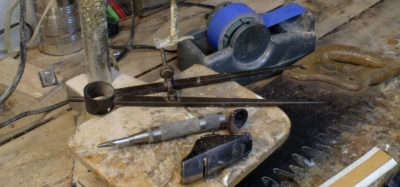
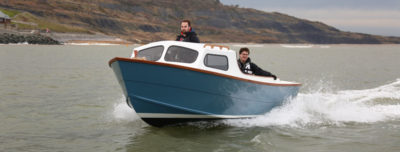

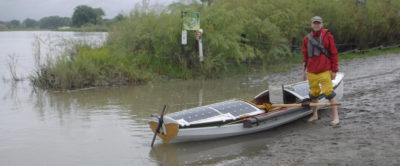
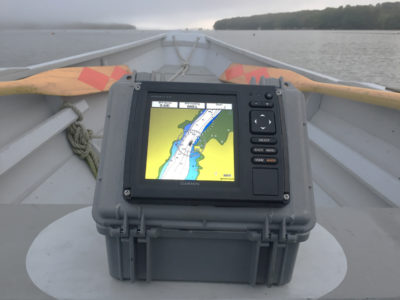
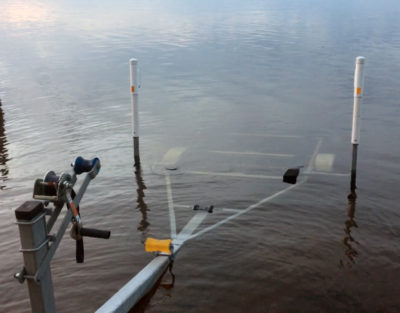


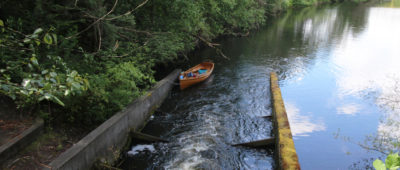
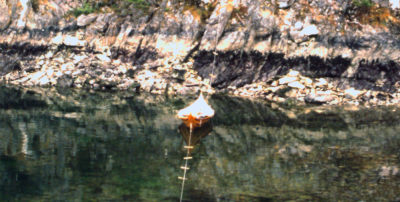

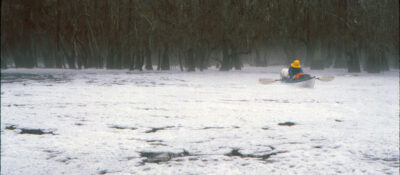
What a wonderful reflection! As an immigrant to this country, I am regrettably not in possession of my grandfather’s tools (he was – among other things – a luthier) but I do have a keen appreciation for the things that connect us to our past, our heritage!
Wonderful memories. My uncle’s calipers, compass, old tackle box turned rigging box and a 100-piece Craftsman tool kit. 60 spring clamps from Howie that clamped boats Alcort and AMF boats for many years. A 100-foot Stanley cloth tape measure that my mother-in-law bought as a joke, it’s nicely set up for feet-inches-eighths. My brother’s rivet gun. And the Skipper’s 3-pound Barry King nylon mallet…oh wait, she hid that from me 🙂
We have named all of our bar clamps for family and friends, so they all get to help when we are clamping boat bits.
Thanks for the article!
Skipper and Clark
A lovely essay, Chris. It prompted me to think about what stories might be contained in my tools, and honestly, the richest one is in my homemade spar lathe—one directly inspired by yours, which you loaned me some years ago.
In case you or other readers here don’t know about it, I highly recommend the essay “The Inheritance of Tools” by Scott Russell Sanders, which develops the same theme in a different way. You can find it in Sanders’ collection, Earth Works.
Thanks, Larry. For readers interested in my spar-sanding lathe, I wrote it up for WoodenBoat. It’s in Issue #176, January/February 2004. The lathe is meant for sanding, not for shaping. I made a number of hollow spars with bird’s-mouth construction and they weren’t arrow-straight, so sanding maintained the wall thickness. I’ve used the lathe for finishing spars from a 6′ sprit boom to a 19′ unstayed mast and for sanding oar looms from oval at the throat to round at the leathers.
I can totally relate about tools and memories, Chris. I have a lot of my father’s tools, and although he’s still with us, he is very frail and unable to get around – although I wheel him out to the shop now and again, which he seems to enjoy.
When I took over the shop as my own, there were a LOT of things he collected over the years that HAD to go. It was a very difficult and emotional task to decide which of the many screw drivers, pliers, etc., etc., had to go. In picking up a tool and deciding its fate, so often memories of when I was just a young lad with that tool in hand came back, making the decision that much harder.
The one consolation that I had is that I was not having to make the decisions under the pressure of a time crunch.
I am making oars, and I used a 100-year old drawknife to make the shaft from square round. What a nice tool to work with—very well balanced—and after sharpening, it worked right away. It belonged to my grandfather who made wagons for farmers. Thanks for the article
I have a folding drawknife that my father inherited from his uncle. It is, like yours, about 100 years old. The wooden handles are slotted and cover the cutting edge when folded. It travelled with me whenever I was teaching Greenland kayak construction or demonstrating paddle making.
I know how it feels to walk into your workshop and experience that special feeling. There is something magical about picking up that old plane or hand tool handed down from someone you loved and respected. Building boats is more than a hobby, it is a passion that keeps you from feeling old or useless. It fills your days with pleasure and confirms your faith in your abilities. Don’t ever believe you are too old to create something beautiful.
Well….let’s see. The Southbend lathe was my grandfather’s, but it reminds me of my uncle Bradley, now departed, who built three airplanes in the shop. He was the best mathematician I have ever known, cantakerous, and a character of solid gold. If he said it, it happened. The metal filing cabinet reminds me of my grandfather, although he died when I was young. It is full of clock parts and music-box parts. He was obsessed with mechanisms of all sorts. My great grandfather’s workbench is beaten, but still solid and I picture him returning from China or the Philippines or wherever he was as an officer in the Marines, ready to get back to work in his shop. The tool that reminds me most of my dad is the chisel he still uses most often. The handle is locust, the edge is keen, so keen it once slipped all the way through his leg just above the knee. I was eight. It was a bad day, but it has been a good chisel. Let the skeptics sneer, Bradley was certainly one, but I think that tools used enough by one craftsman are imbued with a small piece of the craftsman himself. They have a story to tell if we stop to listen.
Great stories! A 2’ handsaw with Viking snakes burned in the handle is what I have from my father. I don’t use it often teaching boatbuilding to others but when I do, I feel my father’s hands using it. He always came to my 1899-built house to help me refurbishing it. My two little girls know my dad as Grandpa Saw!
My father also had a saw with Viking snakes on the handle. The design was used by Sandvik, a Swedish manufacturer.
A few years ago, one of the many mistakes I made was when I had to put a screw into a piece way up in the bow. Dang! So I rummaged through the old tool box that had tools from my dad and grandfather. There it was, a gimmlet to start the hole. It had been my grandfather’s; he died in 1928, 21 years before I was born. I smiled to myself. Thanks grandpa. You never thought your grandson would need a tool you bought a hundred years previously.
Yeah, I know what you are thinking—there were dad and Grandpa, up in heaven, just cracking up at me and my predicament.